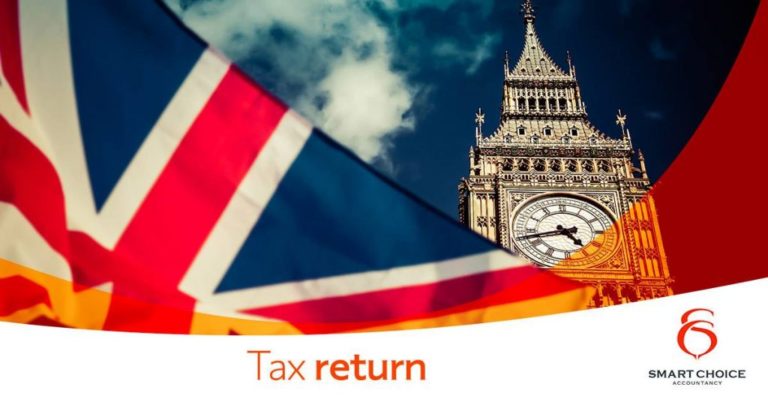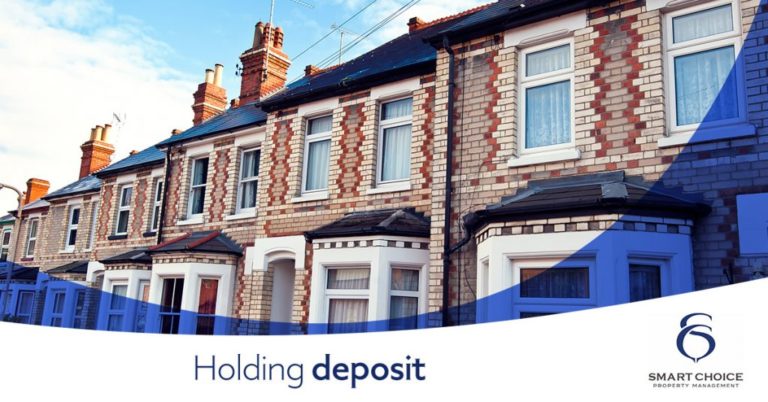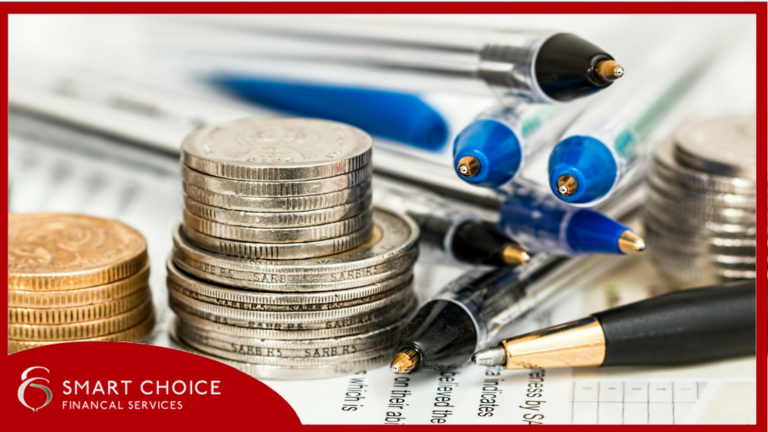Many people think that purchasing a house and flat and giving it out on lease is a very simple investment that will bring high profits and is not burdened with much risk. However, flat and house owners who have already tried to make a return on such an investment, will certainly agree that it is possible to earn on it, but only if you secure your interests in a proper way.
What to start with?
In order to inform potential tenants that our flat or house is available for rent, we can either post an ad on the Internet or use the services of real estate agent. The first solution is cheaper, but a lot more time-consuming, since the flat or house owner has to answer calls from potential renters and show them the property. If we decide to turn to a professional, an agent will help to determine the price for renting out the property. An agent will also handle the contact with potential lessees, visit the property with them, and in addition, real estate agents know the marketing strategies, and may be more effective in letting the flat or house. However, for such a service, the owners will usually have to pay an amount equivalent to one-month rent.
When we have finally found a person who wants to rent our property, we have to confirm their identity, credit history, and employment status. We should also verify if the potential renter has a right to rent a flat or house in Great Britain. Check the original documents, and keep copies until the renter has left the property.
Sealing the deal
The next step is the preparation and signing of the lease agreement. It has to be drafted in a certain way so as to avoid problems at a later stage. The lease agreement has to specify the subject of the lease, its condition during hand-over, the term of the lease and notice period. It is a good idea to take a security deposit in case the lessee is delayed with the payment of rent or damages furniture or equipment that is in the property. The agreement should also specify whether the lessee can sublet the house/flat or run a business there. The landlord should also have the possibility to enter the property in certain, especially dangerous situations. The agreement should also stipulate who is responsible for the repairs in the property. It is recommended to take photos of the flat or house before the commencement of the lease, which will show its condition.
When calculating the amount of rent, the flat or house owner has to take the property rental tax into account. Currently, the property allowance in the UK is £1,000, but if the profits from renting out the flat or house are higher, the owner has to pay the tax. For this reason, they have to contact HMRC until October 5 following the fiscal year where they obtained profits from rent. However, the tax may not turn out to be high since there are certain deductions that can be applied, for instance due to the interest on mortgage payments or repairs of fittings and furniture.
Every investment bears some risks, the flat or house rental too. But if we secure our interests by taking the above recommendations into account, this investment may really pay off.





